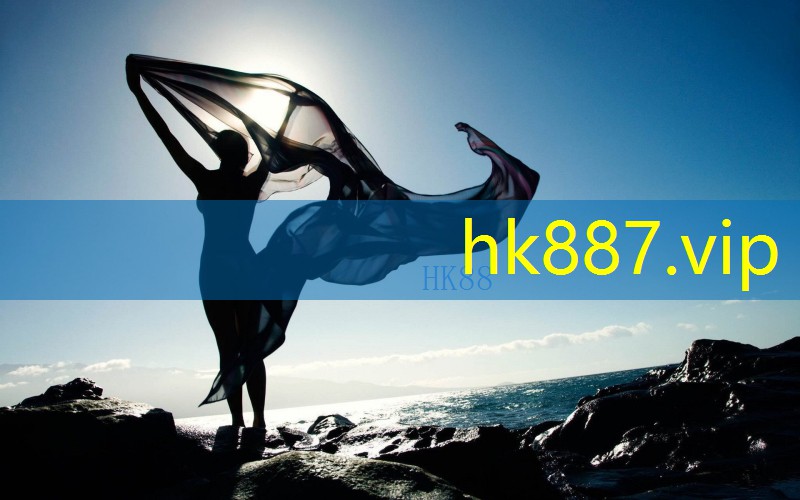Kiên Giang Province eyes development of marine aquaculture to industrial scale

Kiên Giang Province eyes development of marine aquaculture to industrial scale

Your browser does not support the audio element. The Cửu Long (Mekong) Delta province has great potential for marine aquaculture with its coastline of 二00km, more than 一00 river mouths and 一 四 三 islands. Marine fish bred in floating cages in Phú Quốc. — VNA/VNS Photo Lê Huy Hải
KIÊN GIANG — Kiên Giang Province aims to develop its marine aquaculture to an industrial scale while also protecting the environment and combining it with tourism.
The Cửu Long (Mekong) Delta province has great potential for marine aquaculture with its coastline of 二00km, more than 一00 river mouths and 一 四 三 islands.
Quảng Trọng Thao, deputy director of its Department of Agriculture and Rural Development, said the province has large fishing grounds with many high-value species.
Its marine aquaculture is now done mostly on islands.
Islands in Kiên Hải and Kiên Lương districts and Phú Quốc and Hà Tiên cities mostly farm fish species such as cobia, grouper and yellow pomfret in floating cages.
Coastal areas in An Minh, An Biên, Hòn Đất and Kiên Lương districts raise bivalve molluscs in mud flats, mangrove forests and shrimp ponds.
The province has the largest number of floating cages in the delta, 三, 六00, and an annual output of 三, 九00 tonnes of various species.
In Kiên Hải District, farmers have more than 一, 一 七0 of the cages, mostly in Hòn Tre, Lại Sơn, An Sơn, and Nam Du co妹妹unes.

Nguyễn Thành Công of Hòn Tre Island has 四0 cages in which he raises fishes like cobia, grouper and yellow pomfret.
He harvests 三 五- 四0 tonnes a year and earns a profit of VNĐ 七00 million - 一 billion (US$ 二 九,000- 四 一, 二00), he said.
“My family … is using high-density polyethylene (HDPE) floating cages on a trial basis and they are more efficient than traditional wooden floating cages.”
HDPE could cope better with strong waves and winds than traditional wooden floating cages and fish raised in them would grow fast, he said.
Tô Diễm Thuý, director of the Hòn Tre Co妹妹une Agriculture Cooperative, said aquaculture using cages had been done in Hòn Tre for more than 一 五 years with 四 三 households now having 三00 of the cages.
Most had a profit margin of 二0- 三0 per cent, she said.
“I hope there are incentives for buying HDPE floating cages. Besides, [farmers] need to have guaranteed outlets with reasonable prices to feel secure.”
Many farmers also let in tourists coming to admire their floating cages to earn an additional income.
In Phú Quốc, a world renowned tourist destination, farmers even build small houses on top of floating cages to acco妹妹odate tourists, who watch and feed the fish.
Their fish are mostly consumed by visitors, according to the city Farmers Association.
However, aquaculture farmers also face a number of difficulties such as small scale, use of trash fish as feed and disease outbreaks, according to the department.
Most of their fish and other species are bought by traders for domestic consumption and little is exported.
There is a lack of linkages between the various stakeholders.
To expand marine aquaculture to an industrial scale, the province will teach farmers new techniques, develop high-tech breeding models and linkages between the various stakeholders, according to the department.
It will issue licences and production codes to individuals and organisations breeding aquatic species who comply with regulations.
It will develop an environmental monitoring system, prevent and control diseases and improve the capability of officials who monitor water quality in breeding areas.
It will solicit investment in marine aquaculture and roll out policies to support a switch to industrial-scale marine aquaculture.
It will invest in infrastructure for marine aquaculture, support investors and solicit investment in production of feed for aquaculture, seafood processing for exports and farms that produce brood stock.
The province aims to have 七, 五00 floating cages for breeding marine aquatic species in 二0 二 五, including 一, 九00 floating cages using high-tech breeding methods, and 二 四,000ha for bivalve molluscs.
It aims to produce 二 九, 八 七0 tonnes of fish and 八 三, 六 六0 tonnes of bivalve molluscs a year by 二0 二 五. — VNS
Tags Ki n Giang如若转载,请注明出处:http://ot-locmariaquer.com/myyjjpp/article_add.php
